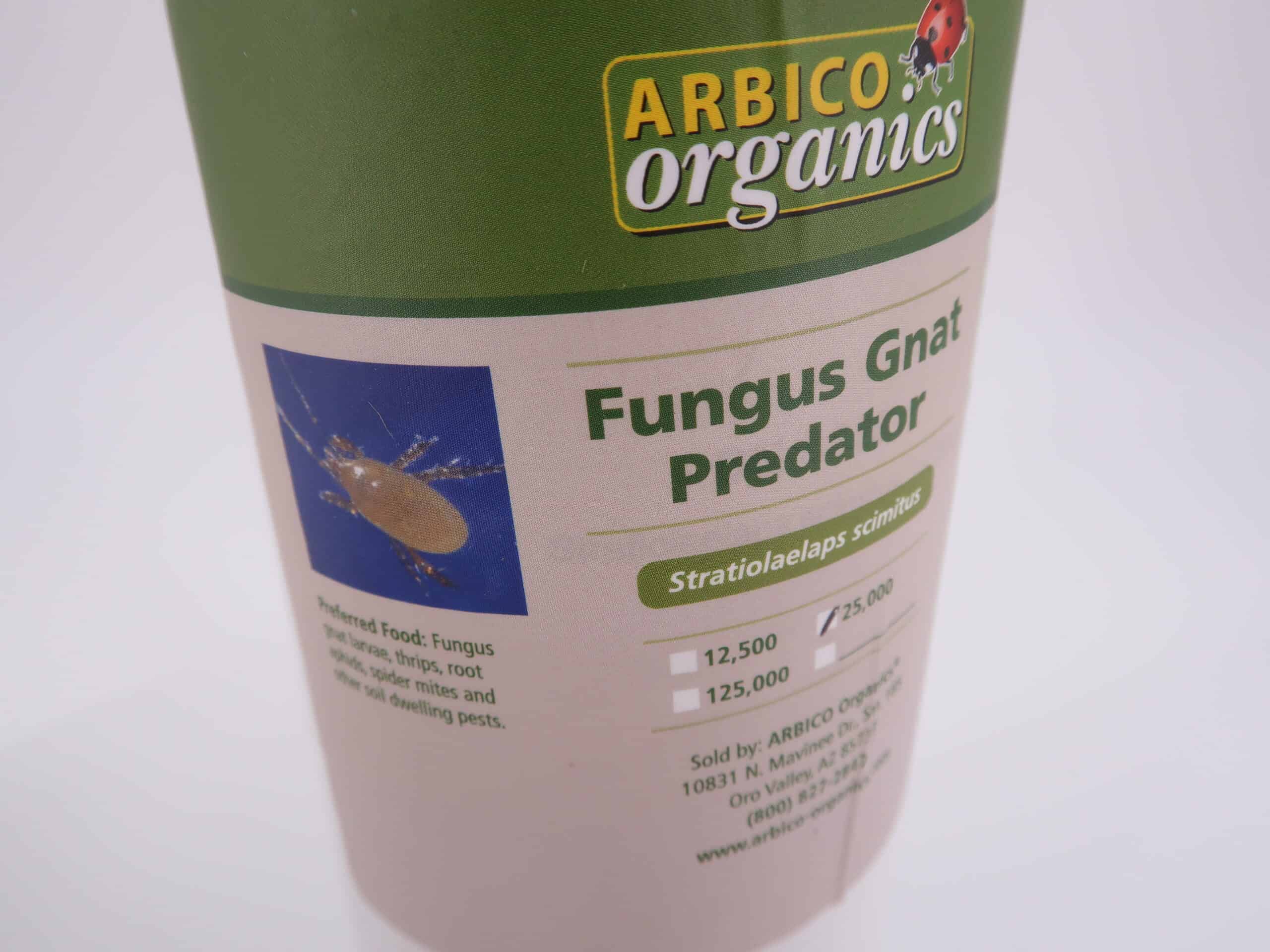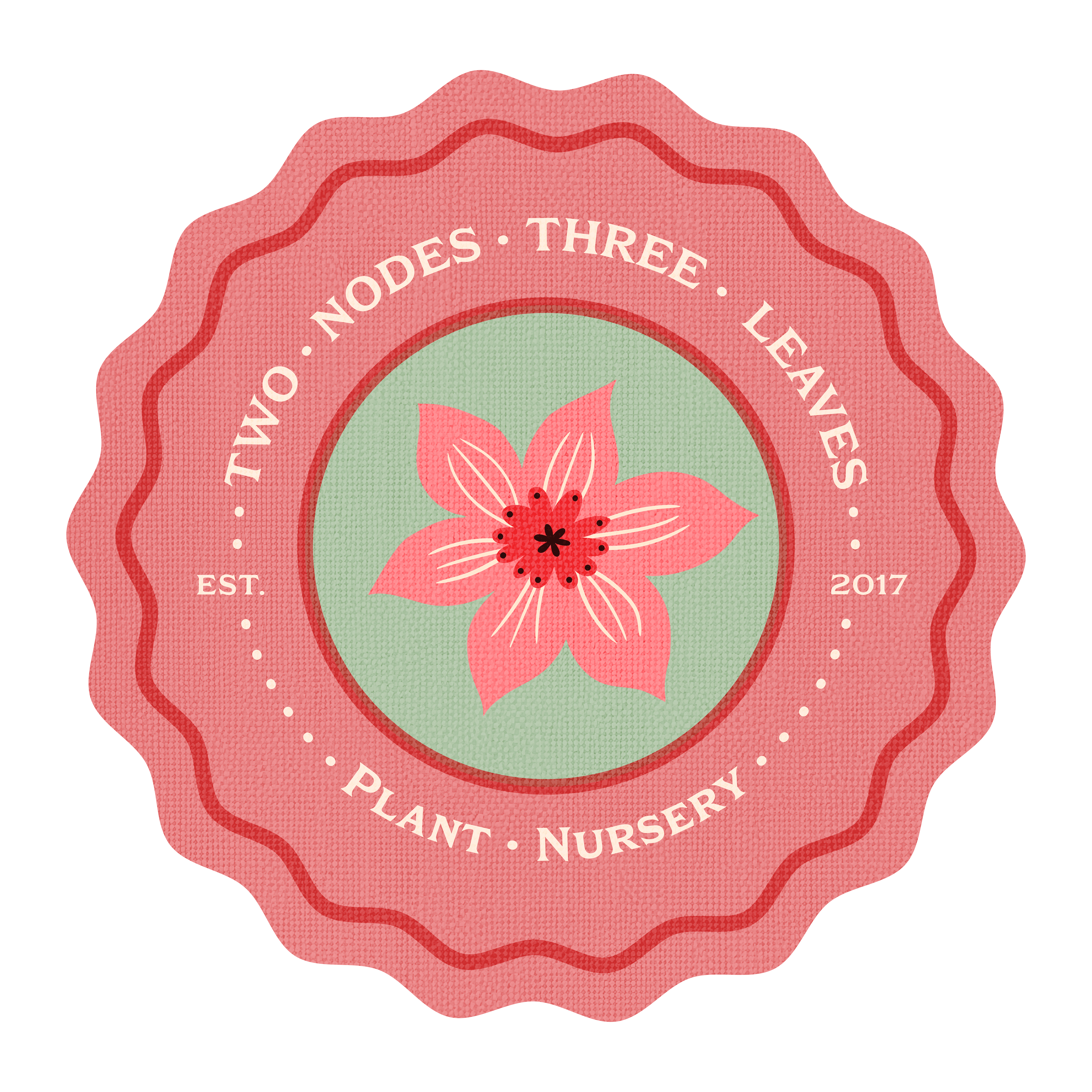Dealing with pests can be a nightmare for plant collectors and growers. However, with the right tools and techniques, maintaining pest-free foliage and root zones can become a simple and effective procedure. In this article, I will delve into my experience as a plant enthusiast who has found successful ways to eliminate pests from over 1000 indoor plants with a budget of $25 – $50 a month and just one hour of my time. From fungus gnats to spider mites and thrips, I will share what is used in my indoor jungle, beneficial nematodes, and predators that can help keep these pests under control. So, if you’re struggling with pests in your plants, keep reading to discover some practical solutions.
A zone “below.” What lives in the soil: fungus gnat larvae, root aphids, soil mites, springtails, root mealybugs, and any pest larvae or pupae.
Fungus Gnats: those guys were the main reason my husband was against adding indoor plants to our house. Otherwise, I would be in the hobby many years earlier 😊.
Beneficial Nematodes will clean up the soil in 5-7 days, depending on the severity of the infestation. I suggest repeating the release every 2-4 weeks for a few months.
BioLogic Scanmask Beneficial Nematodes, Steinernema feltiae (Sf): buy on Amazon.
Mixing and watering each pot with some amount of the mix is not convenient, hoping some nematodes will get into the soil. I like the option with cups better. It is easier to work with. I regularly used nematodes when I had less than 100 pots of plants. Those are also wonderful helpers in the garden, especially for raised beds and plants in pots outdoors.
Stratiolaelaps scimitus (Hypoaspis miles) has been in my arsenal for several years, and I think I will continue with that option for “soil” problems. There are reasons why this is the preferred solution.
- Stratiolaelaps scimitus target all probable problems in the soil: fungus gnat larvae, thrips pupae, and springtails. Hypoaspis miles can also be released as a control measure for root aphids and spider mites.
- It is easy to disperse. I use a small measuring spoon and go around the house with a tube the mites are in, scooping some vermiculite and mites mix into each pot. Even into pots with rooting cuttings. Shake, spread, and forget.
- They can happily exist for an extended time. When I see the first signs of pests, be it fungus gnats or springtails (not pests, I know, I order a new batch.

As for an “above” area, spider mites and mealybugs are seen on some plants occasionally.
Amblyseius andersoni for Spider Mites and, most importantly, for Broad Mites (Hoya People will understand). I may still use Sulfur to “hit hard” the most infested hoyas. But, since there are no more plants in desperate condition, those predators are more than enough to keep plants “clean.”
Sulfur is a miracle solution for wiping out Broad Mites infestation. When I had plants occupied with those pests, I had to: remove the leaves covered with spots for more than one-third of the area. Then spray thoroughly nodes, buds, and infested parts of the stem.
The problem with mixing Sulfur in a spray bottle is that the Sulfur crystallizes, and the nozzle stops working. If I notice a node, a bud, or part of a Hoya stem looking suspicious, I use an Amber bottle with a pipette. Mix a small amount of Sulfur and water in a 60ml bottle and shake it well; put several drops on the problem spot.
Phytoseiulus Persimilis will be my choice for the plants like Philodendrons, Monsteras, and Alocasia. There is an option to have all stages of mites: eggs, juvenile, and adult. Look for the word PLUS in the name.
Stratiolaelaps scimitus (Hypoaspis miles) – 50,000 (2 x 25,000)
Phytoseiulus persimilis (not for broad mites)
Amblyseius andersoni (broad mites)

Spider Mites, Broad Mites, Thrips.
Thrips.
That was scary. Never have seen those in real life. For some reason, I feared getting thrips on the plants more than any other pests. I ordered a huge Alocasia Mycorrhisae Variegated from a seller on Etsy. It was a stunning plant with huge, beautifully variegated leaves. I had a particular spot for it in my room. Several days later, I noticed thrips all over the plant, everywhere. That was such a “goosebumps” moment. I took the plant out of the house and left it in the farthest corner of the yard. Sprayed it every day for several days with whatever I had on hand that mentioned: “kills Thrips”. It did not help, mixes just burned the leaves. I could only remove as many corms as possible and clean/soak them in the Azamax mix. I propagated corms in a separate humidity box. 60% of those plants emerged with variegated leaves.
Broad (False, Cyclamen) Mites.
Amblyseius andersoni, or sulfur.
Depending on the size of the damaged/infested surface: throw away (rarely), cut the leaves (as much as the plant will allow), sulfur with a pipette (not spray), AA.
Regular spraying with sulfur is effective. One problem with a spray bottle is that it will be clogged with dried sulfur crystals and not work when needed. I mix sulfur and water in a small amber bottle with a pipette. I will put drops of the sulfur mix on the nodes, parts of stems, and leaves. Not an appropriate way to use on large plants with extended infestation. Fortunately, I don’t have plants in that condition.
Root Aphids. Some people call those pests Root Mealies. Honestly, they came into my life just recently as an unwanted bonus.
Check the root zone if you suspect your plant does not look as healthy and lush as you think it should (provided proper conditions, care, and nothing suspicious above the ground). Most of the time, it will be either root rot or root aphids.
Scales: I never had on my plants. I am sure Systemic will do the trick due to the nature of these pests (sucking juices of the plant).
